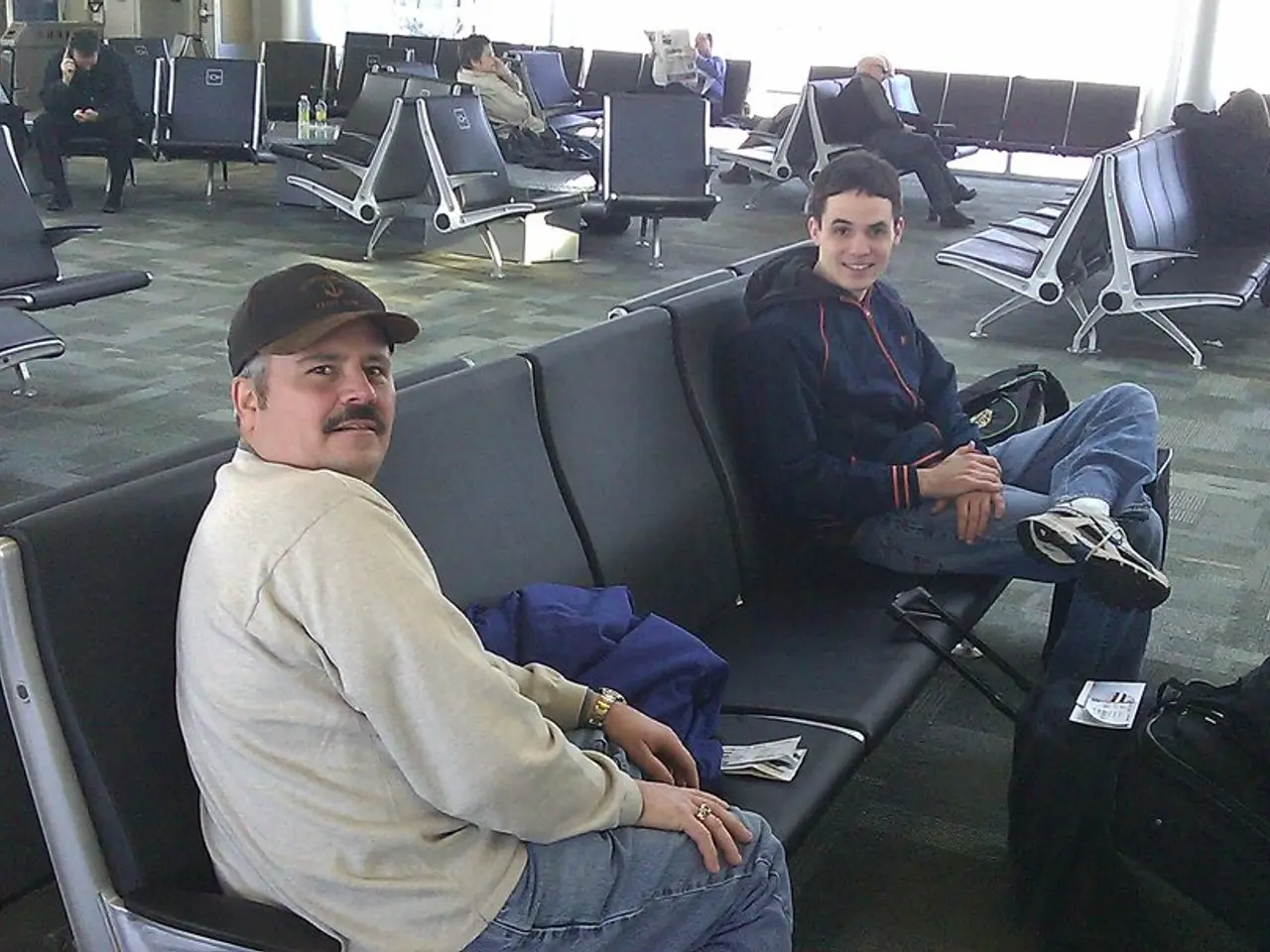Guide to Obtaining Reimbursement for Misplaced Luggage - Step-by-Step Breakdown
In the unfortunate event of losing your luggage during air travel, it's essential to know how to file a claim and maximise your chances of recovery. Here's a comprehensive guide to help you navigate the process.
1. **Report the Lost Luggage Immediately** - Report your missing baggage as soon as possible, ideally within 45 minutes of reaching your destination. You can do this at the airline's baggage desk near the baggage claim area, online via their baggage report page, or by phone. - For example, if you flew with United Airlines, report within 24 hours for U.S., Guam, Puerto Rico, U.S. Virgin Islands flights, and within 21 days for international flights.
2. **Understand When Your Baggage Is Officially Lost** - Airlines typically consider baggage officially lost if it has not been delivered within a certain period, such as about 5 days for United Airlines.
3. **Submit a Formal Claim** - Fill out the airline's specific claim form, usually available online. You will need your bag's reference number and flight details. - Upload supporting documents such as baggage claim receipts, boarding pass or ticket receipt, receipts for items over $100 or emergency purchases due to baggage delay, government-issued photo ID, and additional documents if applicable.
4. **Claim Processing and Compensation** - Airlines estimate the value of lost items based on depreciated value (not original or replacement cost). - Compensation can vary, with some airlines offering a cash settlement or vouchers/credits. - The process can take from 4 weeks up to 3 months to resolve. - Compensation limits are generally set, such as up to $3,500 under some regulations.
5. **Follow Up and Keep Records** - Track the status of your claim using any online tracking tools the airline provides. - Retain all documents and correspondence during the process.
6. **Know Your Rights and Deadlines** - Claims must be filed within a specific timeframe, which varies by airline and jurisdiction, often days or weeks after arrival. - Familiarize yourself with the airline's policies and any applicable consumer protection regulations.
For other airlines, the process is similar but check their official website or baggage policy for exact procedures and deadlines. If you specify the airline, I can provide more precise steps based on their policies.
Remember to gather necessary documents such as boarding passes, baggage claim receipts, and a copy of your travel itinerary. Also, be aware of any additional charges for excess baggage, as airlines like Ryanair and Spirit Airlines may charge up to $50 for a single piece exceeding weight limits.
Submitting a formal request for reimbursement, ensuring you include all required documentation and any receipts for essential items purchased as a result of the inconvenience, is crucial. Submit your report through the airline's designated online portal and keep copies of everything submitted.
Failing to address the issue promptly may affect your recovery prospects, so notify the airline within the specified timeframe, typically set at 21 days.
Stay informed about your rights and the airline's policies to increase your chances of a successful claim. Good luck!
- To help manage the financial impact of losing your luggage, consider having travel insurance that covers lost, damaged, or delayed baggage to alleviate some expenses, especially when traveling for education-and-self-development purposes or luxury travel.
- In the unfortunate event that your luggage is lost, knowing how to file a claim and maximise your chances of recovery can help you maintain a stable lifestyle by ensuring you receive necessary items, such as clothing, toiletries, and essential electronics, covered under your travel insurance policy.






